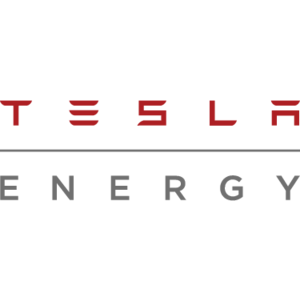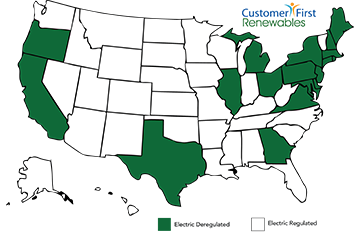A clean water reactor (SCWR) is a Generation IV nuclear reactor that is expected to operate in critical water environments. The critical point of water occurs when its temperature reaches 374 ° C and its pressure is 22.1 MPa. Here, water becomes neither a liquid nor a gas, but a different state with unique properties. The SCWR is one of the three reactors that make nuclear water, the others are the ones that make water work and boil water. These are the most widely used Frontier Utilities nuclear power generators in the world. Canadian supercritical reactors use heavy water instead of light water.

The design of the SCWR follows a combination of the basic principles of water-boiling boilers and hot water boilers, both of which are used and will help reduce experimental barriers encountered in new projects. The use of supercritical water will succeed in increasing the reactor’s efficiency to almost 44%, compared to about 34% for current reactors, while the cost can be reduced if the investment market is up to 30% due to low security and safety systems. This increase in efficiency will reduce the waste heat produced by the reactor by 35%, thus allowing for the efficient use of nuclear fuel in the reactor. The main advantage of SCWR will be improved economic conditions due to higher thermal efficiency and higher plant efficiency. Research in the areas of safety, durability, resistance to growth, and physical protection continues to consider many design options using thermal neutrons and applications. Using thorium as a fuel is also a possibility in SCR.
Reactor prototypes are awesome
In general, the SSWR design can be divided into two types: the ship concept originally proposed by Japan (and more recently by the European Atomic Energy Community (Euratom)) and the pressure tube concept proposed by Canada (not called the Canadian- SCWR). JSCWR uses neutrons that slow down, using hot water as a moderator and reactor coolant to turn into moderated neutrons. JSCWR consists of a pressure vessel type directly from the reactor and Rankine cycle system. Cold water enters the reactor through the inlet pipe, is heated in the core, and flows through the nozzles without recirculation in the vessel. The main coolant is sent directly to the turbine system and the feed water returns directly from the feed water pumps.
Canadian SCR
The Canada-SCWR design minimizes neutrons (moderate neutrons) and maintains its modular CANDU design with fuel channels separating the hot water from the heavy water regulator. The operating conditions are set at a pressure of 25 MPa and the water leaves the core at 625 °C. This high temperature will lead to a thermal efficiency of 48%. Reheat options and cogeneration capabilities can be achieved through improved thermal efficiency. The critical steam is directed directly to the high turbine, eliminating the need for steam generators, simplifying installation, and reducing costs.
Difficulty
Although many aspects of SCWR are interesting, more research is needed on the chemical and physical properties of the materials. These elements must be able to exist in the radiation field of nuclear reactors and the low chemistry of critical water. Highly radioactive soil and water can cause damage over time. Further research is needed to ensure that these substances will not degrade the chemicals in this critical environment. Research into the physical properties of these materials is necessary to ensure that they will not crack or break simply due to high operating pressures. The presentation of the transient protection system should be completed in the fire model for critical water also presents research problems that are important to overcome for the future development of these systems.

